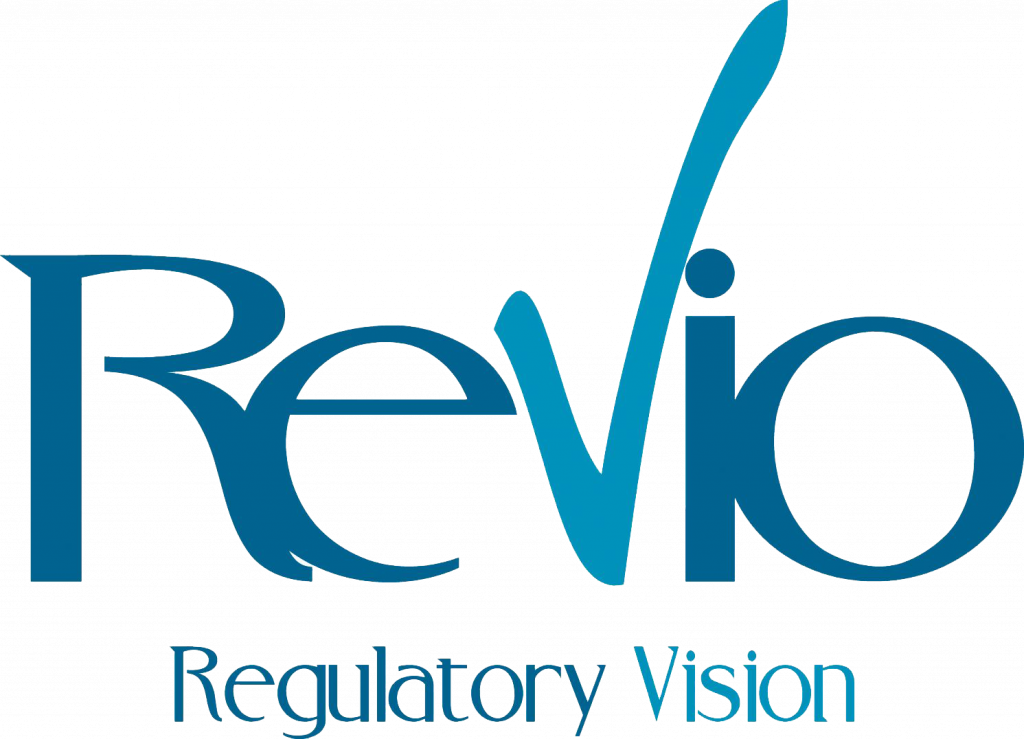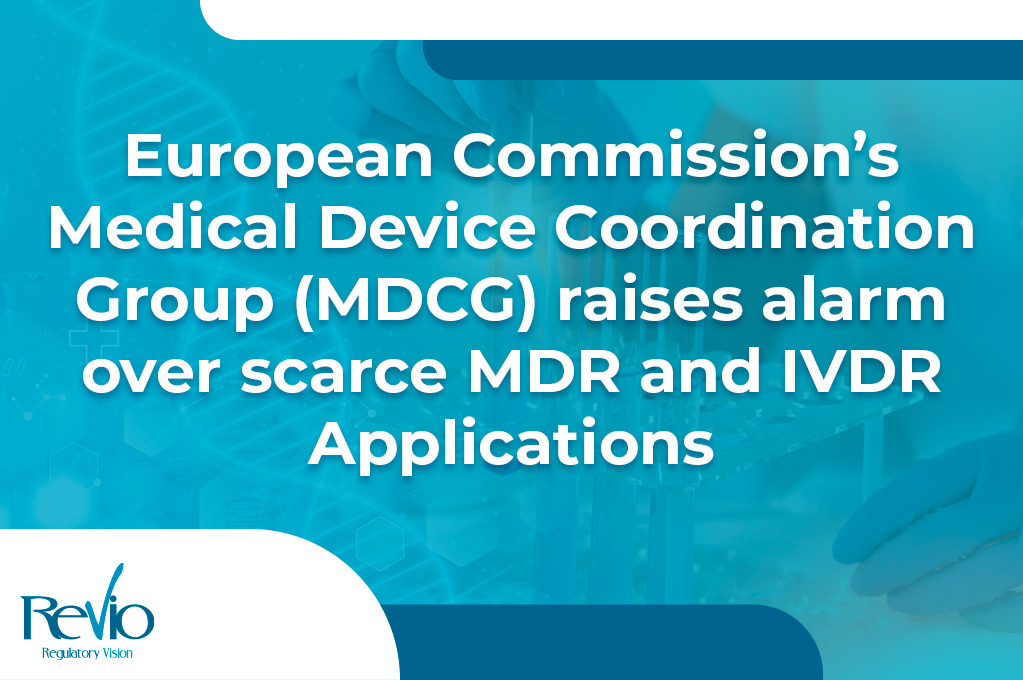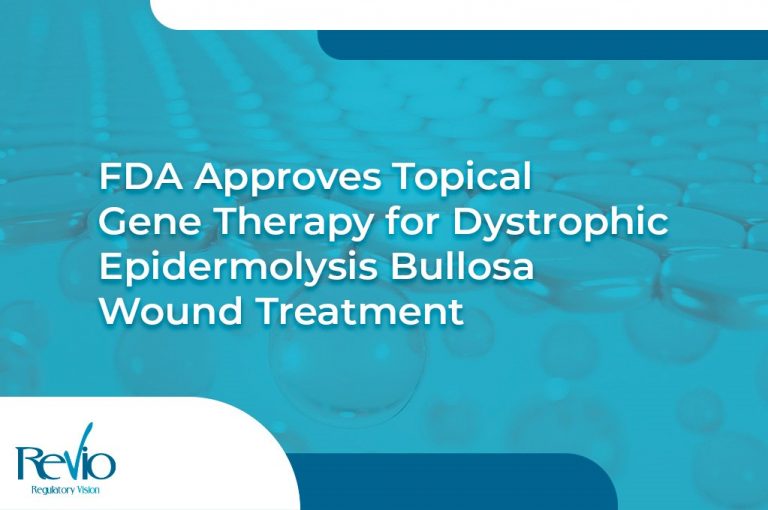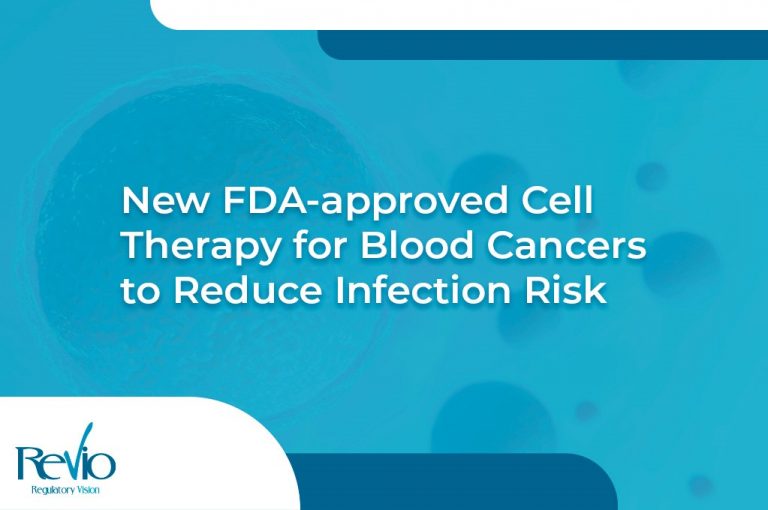The European Parliament and Council’s Regulations (EU) 2017/745 (MDR) and (EU) 2017/746 (IVDR) have established a reinforced regulatory framework for medical devices and in vitro diagnostic medical devices. Their primary goals are to ensure a high level of health protection for patients and users and to facilitate the smooth functioning of the internal market for these products.
The new regulations have been in effect since 26 May 2021 for MDR and since 26 May 2022 for IVDR
Transition Timelines for the Regulations
In January 2023, the European Commission adopted a proposal to extend the transition period for complying with the MDR and IVDR regulations. This extension aims to provide medical device manufacturers with additional time to comply, thereby mitigating the risk of shortages. The proposal includes significant amendments:
- Extended Transition Period for MDR: The transition period is now extended from 26 May 2024 to 31 December 2027 for higher risk devices (class III and class IIb implantable devices, except for certain devices exempt under the MDR) and until 31 December 2028 for medium and lower risk devices (other class IIb devices, class IIa, class I with a measuring function, class I sterile, and class I reusable devices). This applies only to ‘legacy devices’, those covered by a certificate or declaration of conformity issued under Council Directives 90/385/EEC or 93/42/EEC before 6 May 2021 and are still marketed after the MDR’s application date. The extended transition period is subject to several cumulative conditions, including:
– Continued compliance with Directive 90/385/EEC or Directive 93/42/EEC, as applicable, and no significant changes in design and intended purpose, per MDR Article 120(3).
– The devices must not pose an unacceptable risk to health, safety, or public health, in accordance with MDR Articles 94 and 95.
– Implementation of a quality management system (QMS) that ensures compliance with the MDR by no later than 26 May 2024, as per MDR Article 10(9).
– Formal application for conformity assessment lodged no later than 26 May 2024, and a signed agreement between the notified body and the manufacturer by 26 September 2024, as per MDR Annex VII, Section 4.3.
- Elimination of the ‘Sell-Off’ Deadline in MDR and IVDR: This amendment means devices placed on the market before the end of the transition period can remain available without a legal time restriction. This change is designed to prevent the unnecessary disposal of safe medical devices.
The amendment to the IVDR is limited to the deletion of the ‘sell-off’ deadline, aligning it with the MDR change. Thus, the IVDR, applicable since 26 May 2022, will retain the transition period ranging from 26 May 2025 for high-risk in vitro diagnostics to 26 May 2027 for lower risk in vitro diagnostics, extending to 26 May 2028 for specific provisions concerning devices manufactured and used in health institutions.
Notified Bodies’ Capacity and Applications
Despite significant progress in recent years, the overall capacity of conformity assessment (‘notified’) bodies remains insufficient to meet the demands imposed on them. Additionally, many manufacturers are not fully prepared to meet the strengthened requirements of the MDR and IVDR by the end of the transition period.
Currently, there are 42 notified bodies designated under Regulation (EU) 2017/745 MDR and only 12 under Regulation (EU) 2017/746 IVDR. Following the expiry of certificates issued under the Directives and without a valid MDR/IVDR certificate, manufacturers will be prohibited from placing these medical devices on the EU market. This could lead to shortages of medical devices, jeopardizing patient safety.
The MDCG is urging MedTech manufacturers to seek certification under the new device and diagnostics regulations as soon as possible. This is perhaps the strongest warning to the industry yet. While there are over 24,000 medical devices under the Medical Device Directive (MDD) needing transition to MDR, manufacturers have only submitted 13,000 devices for MDR certification, with just 3,900 certificates issued as of June 2023, according to the MDCG.
In the case of IVDs, whereas only around 8% required notified body involvement for conformity assessment under Directive 98/79/EC, approximately 80% now require it under the IVDR. As of June 2023, only 1,150 applications have been lodged under the IVDR, with around 500 certificates issued.
The MDCG cautions against further delays in submissions, as this could result in bottlenecks in the work of notified bodies and potential shortages of products in the market. This is particularly critical for manufacturers of class D IVD devices, which must transition to IVDR by May 2025.
MDR/IVDR Implementation Survey
The European Commission and the Spanish Agency for Medicines and Health Products (AEMPS) have recently launched surveys to obtain a realistic view of the situation of medical device or IVD manufacturers during the implementation of the MDR & IVDR. The survey link can be found here.
Nevertheless, we have launched a dedicated webpage to bring to you the latest updates, guidance and developments. You can also follow us on LinkedIn.
We hope you found this useful and of interest. If you would like to discuss any of these updates with the team at REVIO, do not hesitate to get in touch with us here.




